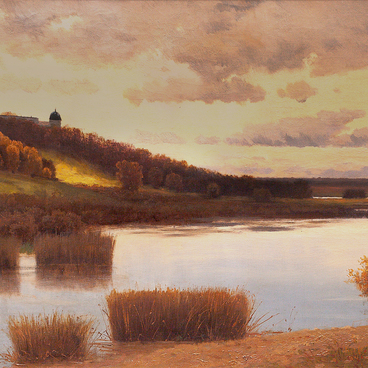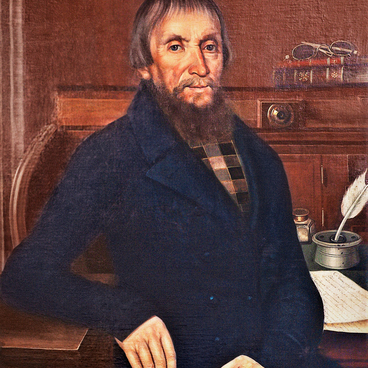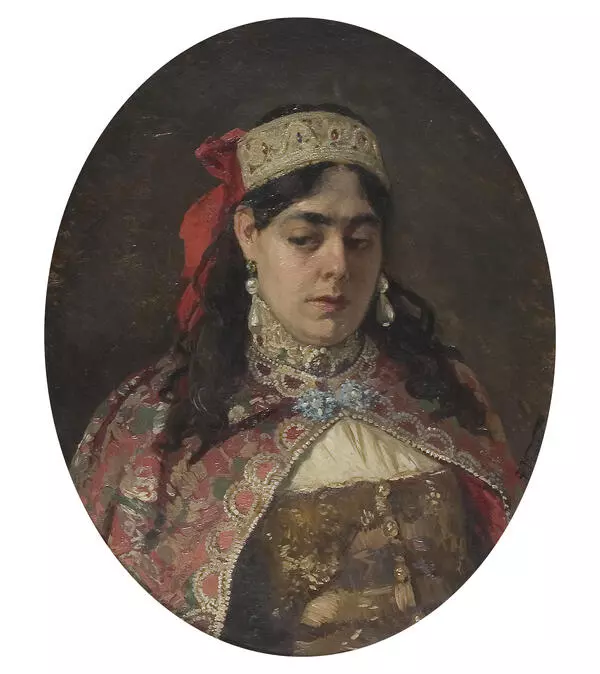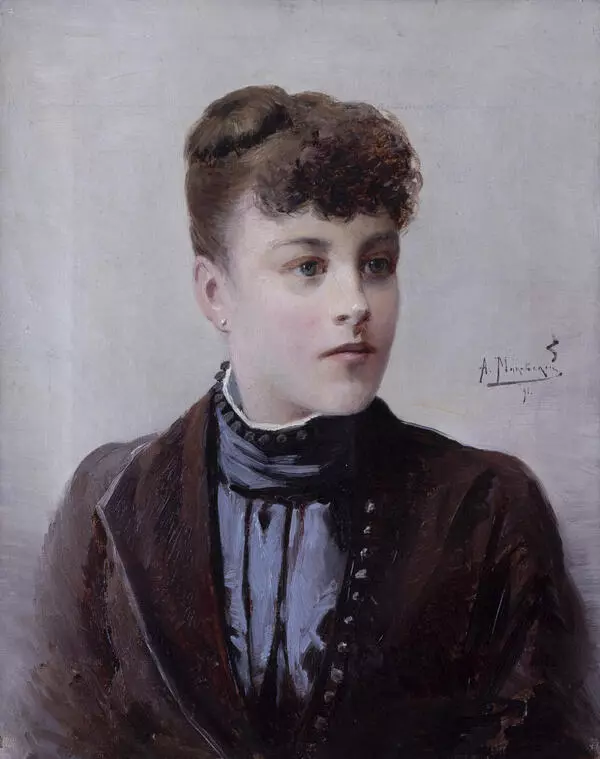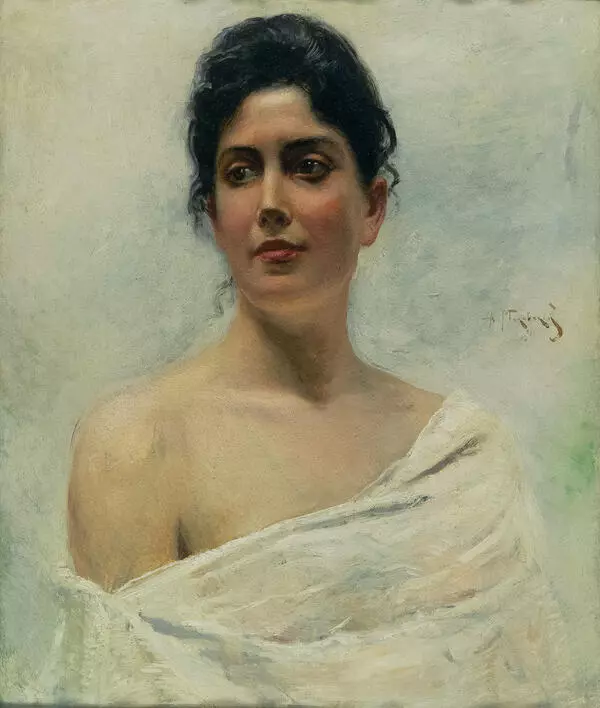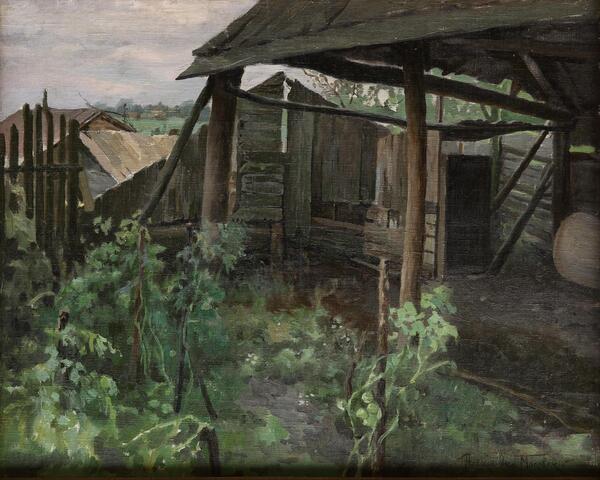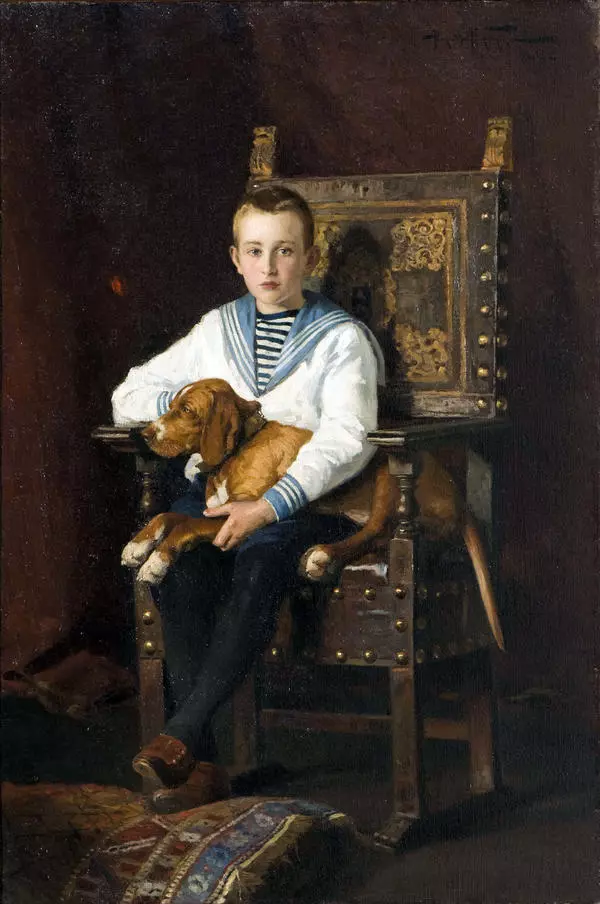Sculptor Konstantin Krakht was supposed to become a lawyer, like his father Fyodor Krakht. He graduated from the Faculty of Law of Moscow University, served for several years in law firms and was a lawyer, worked in the Moscow Judicial Chamber. But in 1901, Krakht was diagnosed with typhoid, left his career and went to Paris. There he studied under the mentorship of sculptors Naoum Aronson, Constantin Meunier, Auguste Rodin.
In 1907, Krakht returned to Russia. In 1907–1912, writers and artists of the ‘Musaget’ publishing house often gathered in his workshop in the Presnensky District. The members of the group gave lectures on rhythmics, the history of German Romanticism, and Russian poetry. They also studied the works of Goethe and Wagner, Baudelaire and French Symbolists, as well as early Greek Presocratic philosophy. These classes were led by Ellis (pseudonym of poet, translator, theorist of Symbolism Lev Kobylinsky) and Krakht himself.
Poet Andrei Bely wrote that ‘groups of about fifty people were raging’. Poets Marina Tsvetaeva and Boris Pasternak, artists Vladimir and Konstantin Makovsky, art collectors Alexey Sidorov and Sergei Durylin took part in them. Concerts and theatrical performances were held at Krakht’s workshop: Reinhold Glière played Wagner, Natalia Goncharova designed sets and costumes for performances, ballerina Ida Rubinstein danced.
In 1907, Krakht returned to Russia. In 1907–1912, writers and artists of the ‘Musaget’ publishing house often gathered in his workshop in the Presnensky District. The members of the group gave lectures on rhythmics, the history of German Romanticism, and Russian poetry. They also studied the works of Goethe and Wagner, Baudelaire and French Symbolists, as well as early Greek Presocratic philosophy. These classes were led by Ellis (pseudonym of poet, translator, theorist of Symbolism Lev Kobylinsky) and Krakht himself.
Poet Andrei Bely wrote that ‘groups of about fifty people were raging’. Poets Marina Tsvetaeva and Boris Pasternak, artists Vladimir and Konstantin Makovsky, art collectors Alexey Sidorov and Sergei Durylin took part in them. Concerts and theatrical performances were held at Krakht’s workshop: Reinhold Glière played Wagner, Natalia Goncharova designed sets and costumes for performances, ballerina Ida Rubinstein danced.


